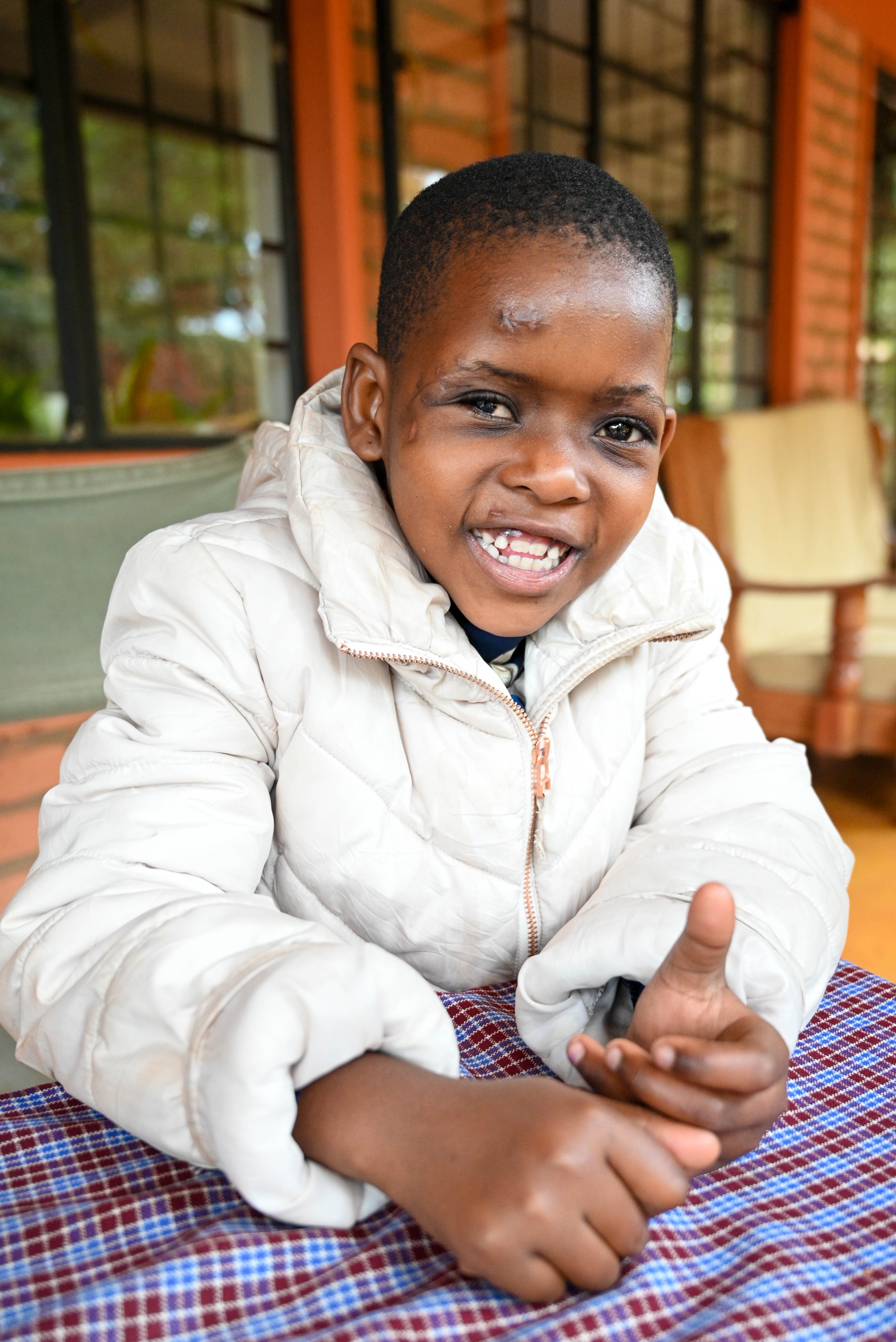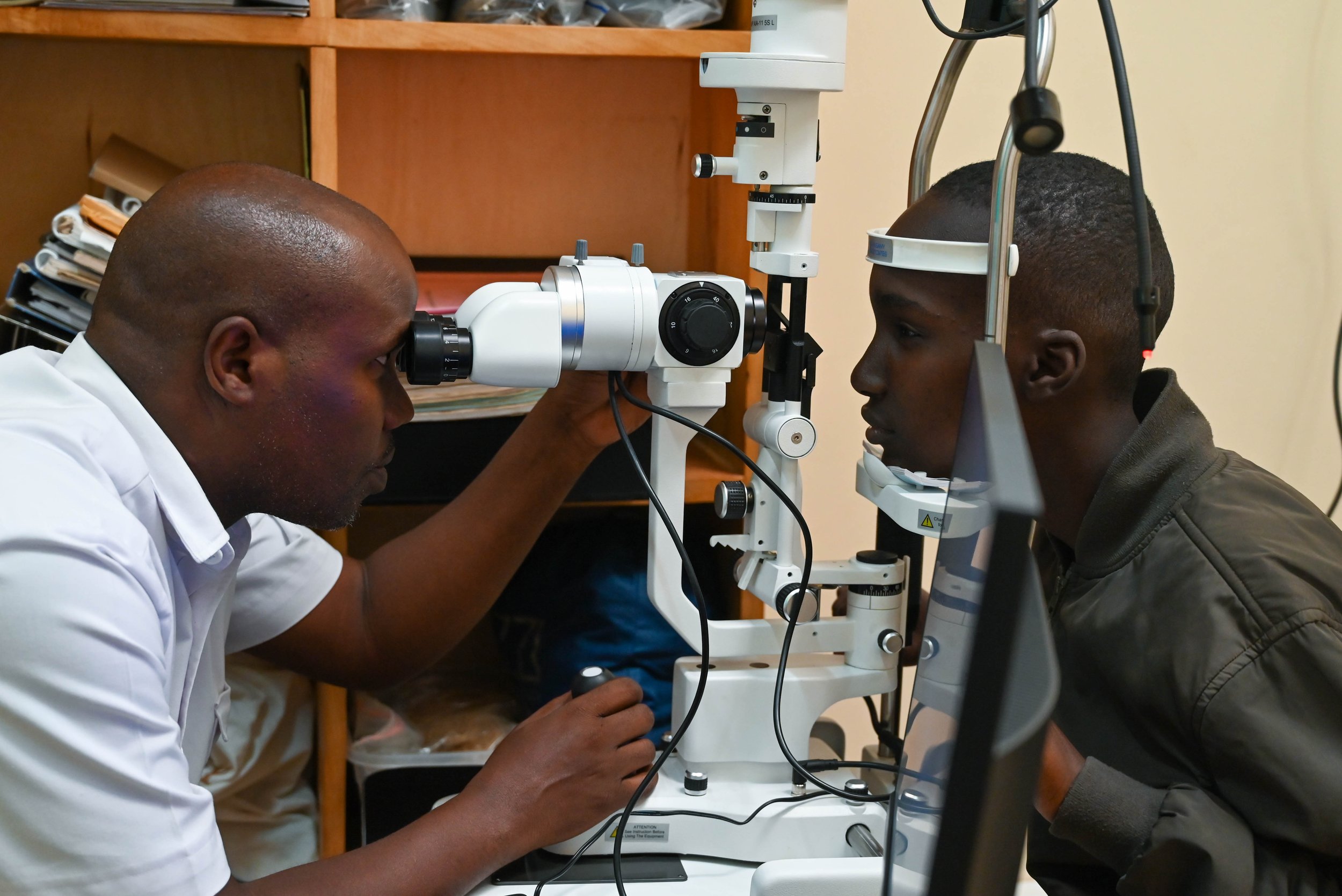

It was a sunny morning when 7-year-old Leah* and her friends left school for home. She goes to a government school close to her house, so she usually walks home after school. Everyday on her walk, there is a big busy road that Leah has to cross. One day, while the cars stopped for Leah and her friends to safely cross the road, a boda boda (motorcycle) came full speed past the stopped cars and hit Leah.
“I heard a lot of screaming from my house. Since it's a busy road with a big market, I thought the vendors were having a dispute. That was until one of my neighbors barged into my house. She told me that a boda boda had hit my daughter and that some good samaritans who saw the accident had taken her to a nearby clinic on a bajaji (autorickshaw).” - Mama Leah
Mama Leah rushed to the clinic, where she found her daughter being given first aid. Her head was bleeding, and she had a huge gash. The doctor was starting to stitch her up.
“I fell on my knees when I saw she was alive. I thought she had died. I was relieved that the cut wasn’t too bad and that her eye had not been injured”
After Leah was stitched up, she started vomiting blood. Concerned, the doctors asked Leah’s parents to bring her to FAME, as they did not understand why she was throwing up blood when she only had a head wound. They thought she might need a CT scan, which they could not do. FAME’s CT scan machine is the only one in a 75-mile radius.
In a panic, Leah’s father called a friend with a car to bring them to FAME. He had been to FAME before when he was involved in a boda boda accident last year.
Once at FAME, Leah was quickly taken to the emergency room. She had an ultrasound and CT scan, and the doctors diagnosed her with a serious liver injury. Thankfully, all her other organs had not been impacted.
“My husband and I were shocked. We didn't know that she was hurt anywhere else besides her head, and we were focusing on that. We thought the vomiting blood was due to the head injury! If it were not for FAME, Leah would have died as we continued treating the head wound!” - Mama Leah
Leah was referred to KCMC hospital in Moshi for surgery. FAME provided the ambulance and one medical staff. The surgery was successful and Leah and her mom were allowed to go home after spending a week in the hospital. This week they came back to FAME for a medical check-up.
“We owe everything to FAME. The compassion FAME showed us is remarkable, and the quality of the service provided is impeccable! The emergency department received us quickly, and the test results didn’t take long! I don’t know what would have happened if we had had to wait hours to see a doctor, or worse if we never got the right diagnosis”
Over the next 5 years, FAME is focused on expanding its general surgery and emergency response, so cases like Leah’s can be treated entirely at FAME.
Leah is now much better and back to her playful ways. She’s also eating well and misses her school. “Every day, Leah asks if she can go back to school. She misses her friends and teachers. I tell her I think she should stay home a little longer, as she’s just survived a horrible accident!” -Mama Leah.
Click here if you would like to learn more about how you can support FAME’s strategic priorities.
*While the patient’s name has been changed to protect privacy, permission was secured to share her photos and story with FAME supporters, and to raise awareness of available medical care at FAME Medical










